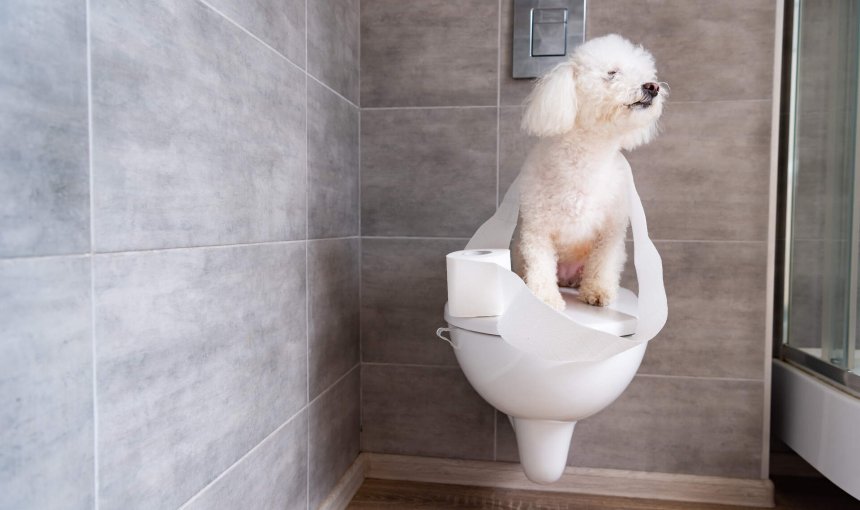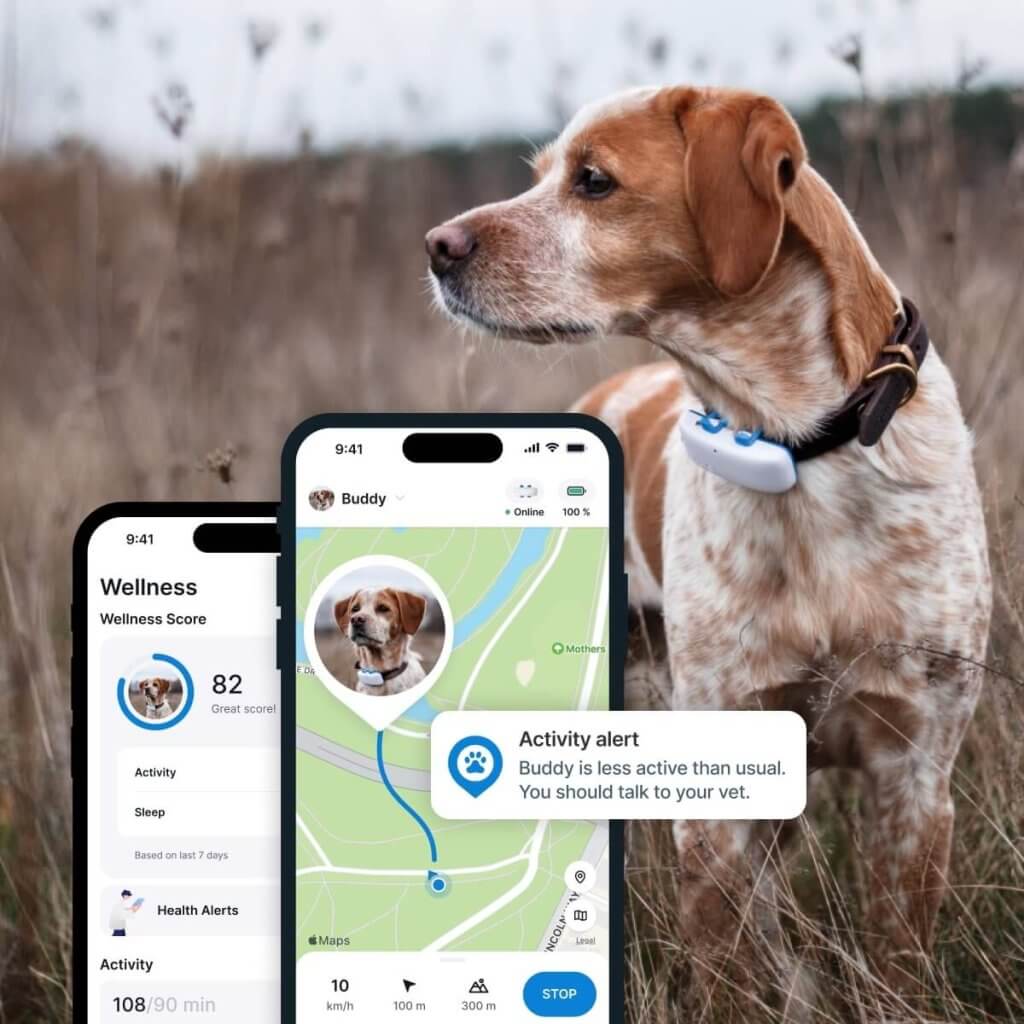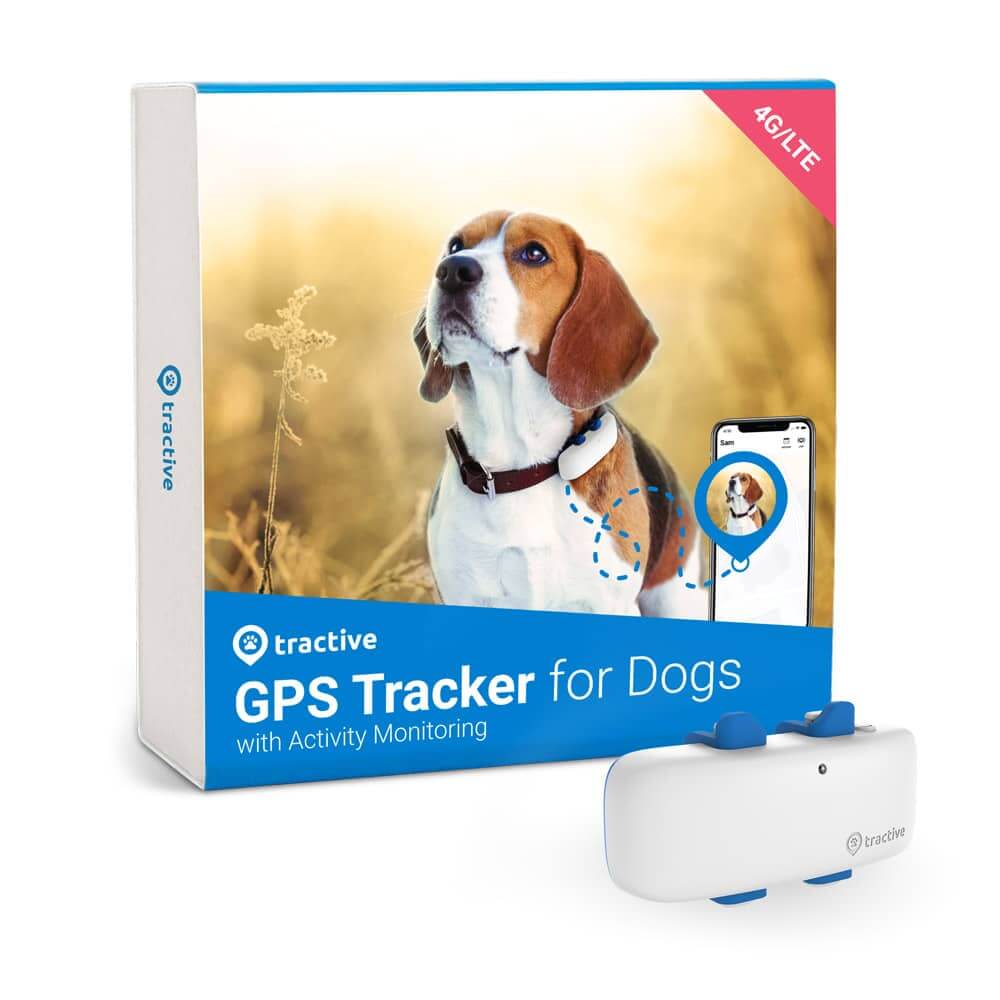Why is My Dog Peeing So Much? Causes, Fixes & More
From growing pains to more serious health conditions, there are a whole bunch of reasons you've got a dog peeing a lot. Here's how to help.

If you’re finding yourself constantly cleaning up after your buddy, or they’re peeing in some unusual spots, it’s often a sign that something’s not right. So if you’ve landed here wondering – why is my dog peeing so much all of a sudden? – we’ve got you covered.
Read on for all the reasons – both medical and non-medical – behind why you’ve suddenly got a dog peeing all over the place, including when to head to the vet, and how an Activity Tracker for dogs can help you catch on to an illness before it has a chance to worsen.

Find out how your dog spends their time.
Read more- Why is my dog peeing a lot? The non-medical reasons
- How often do dogs need to pee?
- Medical reasons your dog’s peeing more than usual
- Why is my female dog peeing so much?
- Red flags & when to head to the vet
- An Activity Tracker can help you spot an illness before it worsens
- Ready for complete pee-ace of mind?
- Stay on top of your dog’s wellness
Why is my dog peeing a lot? The non-medical reasons
A dog peeing more than usual might not always be a cause for concern. Here are a couple of common behavioral issues underlying it:
- Anxiety or even excitement can cause a dog to pee extra. If your dog is, for example, frightened during thunderstorms – they might actually hold in their pee until it passes! (And then let it all out in one big go.)
- Territorial marking. Your buddy’s past experiences might have taught them to compete with other dogs. So they “mark” different spots with their pee to claim it as their own.
- A change in routine or environment can cause your dog to act out, sometimes by peeing around the house. (Sometimes out of stress.)
- Submission, with some dogs peeing to signal they’re not a threat – whether to you or other dogs.
- Some medications might cause excessive urination as a symptom.
- Your dog’s diet, especially food that’s low in protein and high in sodium. So they might need to drink more water – and end up peeing more as a result.
- The weather outdoors can obviously make dogs drink (and pee) more, especially on hot days.
- A well-exercised dog might drink more water to stay hydrated – and pee more as a result.
- Growing older, which applies to both puppies and senior dogs. If you’re wondering – why does my puppy pee so much? – remember: puppies have tiny bladders and need more toilet breaks. Likewise, senior dogs might experience weakening bladders as they grow older.
💡An Activity Tracker for dogs is an important tool that can help you spot potential health issues early. We’ll cover it in detail a little further below.
How often do dogs need to pee?
The more regular your dog’s toilet breaks, the easier it’ll be for them to adjust to a new environment or overcome any anxiety from something “new” or “scary.” But how often do you need to let them out for a toilet break anyway? Let’s take a look at it from dogs of different ages.
- Puppies generally need toilet breaks every 2-6 hours. Use your puppy’s age in months to time how long their toilet breaks should be. (For e.g., a a 4-month old puppy would need a toilet break every 4 hours or so.)
- Adult dogs without any underlying health issues should be fine with toilet breaks every 6-8 hours. Depending on your dog’s weight, the amount they pee can also vary. A 20-lb (9 kg) dog might produce around 6-12 oz (177-354 ml) of urine per day. A 45-lb (20 kg) dog might pee around 14-28 oz (414-828 ml) per day.1 However, it can also depend on how much exercise your dog gets throughout the day and how hot it is outdoors.
- Senior dogs might need more frequent toilet breaks because their muscles (especially around their bladders) might grow weaker over time. They’re also more likely to develop health conditions that might make them pee more or have accidents around the house. Including:
Medical reasons your dog’s peeing more than usual
- Urinary tract infections (UTIs)
Which may cause your dog to go outside frequently – but possibly not pee a whole lot. You might notice small amounts of urine, or your dog might strain while peeing, or even have accidents in the house. Left untreated, UTIs can lead to more severe issues, so head over to your vet as soon as you notice any of these signs. - Bladder issues
Including infections or even stones, which might cause painful urination. - Diabetes
If your dog is peeing more and drinking more water than usual, or losing weight without any other reason, diabetes could be the culprit. - Liver & kidney diseases
Which might cause your dog to pee more because their liver and/or kidneys aren’t filtering waste properly. Watch out for signs like excessive thirst, lethargy, and unexplained weight loss – and head to your vet immediately. - Cushing’s disease
Where your dog’s body produces too much of the stress hormone, cortisol. One symptom is peeing more than usual. Dogs with Cushing’s may also show signs like a pot-bellied appearance or thinning fur. - Cancers
Especially those affecting your dog’s urinary organs, like their bladder and kidneys, but also their prostate. - Electrolyte imbalances
Especially during hot days, which could even lead to heat stroke in dogs. - Anatomic abnormalities
Like from an injury, a birth defect, or as a result of surgery – which could make your dog’s bladder not work properly as it should. - Dehydration
- Cognitive dysfunction
Which senior dogs are generally more vulnerable to, making them forget where to pee, or that they’ve already peed. - Arthritis
Another condition affecting senior dogs, which might make it difficult for them to get outside on time. - Hyperthyroidism
Which can include symptoms like peeing a lot, but also vomiting, constipation, and weight loss despite excessive hunger. - Elevated blood calcium levels
Why is my female dog peeing so much?
- Hormonal imbalances
Like from after getting spayed. This condition, called spay incontinence, could lead to accidents. (Though it’s usually treatable with medication.) Else, peeing more than usual is one of the common behaviors of a female dog in heat. - Pyometra
Which is a condition affecting the uterus, most commonly found among intact middle-aged to senior female dogs. One of the symptoms include excessive peeing. Your vet might prescribe antibiotics to deal with any infection or even surgical removal of the uterus. - Pregnancy
Which can involve excessive urination as one of the early signs, including changes in appetite and swollen nipples.
Red flags & when to head to the vet
If the weather outdoors or a walk, run, or hike outdoors aren’t the causes – watch out for these signs and head to your vet for a checkup:
- A sudden increase in thirst, seemingly out of nowhere
- Blood in your dog’s urine
- If your dog is straining to pee or showing signs of discomfort during toilet breaks
- If your dog seems lethargic or is acting more tired than usual
- Unexplained weight loss
- If your dog is peeing in unusual places – especially around your house
- Any changes in appetite – like if your dog hasn’t eaten anything for over 24 hours
- Any pus coming from your dog’s vulva
What to expect at your vet’s
At your vet’s office, they’ll most likely start with a urine test (urinalysis) to check for infections, crystals, or other abnormalities. They may also run blood tests to rule out conditions like diabetes or kidney issues and examine a sample of your dog’s urine under a microscope to rule out any infections.
In more serious cases, your vet might need to take an X-ray or ultrasound of your dog’s abdomen to check how their internal organs are doing. Or run other diagnostic tests to check your dog’s calcium or cortisol levels.
Depending on what’s causing your dog to pee a lot, your vet may prescribe:
- Fluid therapy, especially if the root cause turns out to be a problem with your dog’s kidneys or an electrolyte imbalance
- Antibiotics, if an infection turns out to be the cause
- Pain medication,
- Insulin therapy for any cases of diabetes,
- Special medications containing synthetic enzymes to handle Cushing’s disease,
- Diet changes, especially if bladder or kidney stones turn out to be the cause,
- Surgery in cases of serious conditions like pyometra or cancer.
An Activity Tracker can help you spot an illness before it worsens
Now you wouldn’t be the first to wonder what a GPS tracker has to do with your dog’s health. But if you’ve invested in a Tractive device, you’ve got a GPS and Health Tracker for dogs at hand.
With one strapped to your dog’s collar, you’ve got so much more than a tool to find your dog if they get lost. Rather, your trusty Tractive device comes with a built-in motion detector to help you better understand your buddy’s health and activity levels.

💡As your buddy wanders around throughout the day, your Tractive GPS also logs in how often they’ve been on the move. Aka, your dog’s “active minutes.”
So if your dog’s been moving around less than usual – it could be an early sign of a UTI or another health issue. But the minute your dog’s active minutes drop, you get a Health Alert warning you.
With this actionable data, you’re all set to spot a health issue before it has a chance to worsen, have a more productive conversation with your vet – and potentially save your dog’s life while at it.
Ready for complete pee-ace of mind?
Your dog’s peeing habits might not be the most pleasant routine to keep track of. But it’s a window to their overall health and provides some big clues to how they’re doing. Here’s a wrap-up of the key takeaways from this post – hopefully you’re now better-prepared to handle your buddy’s toilet troubles with confidence!
- Medical reasons like UTIs, diabetes, kidney disease, and Cushing’s disease can all lead to your dog peeing a lot as a symptom. If you notice increased thirst, lethargy, or other symptoms, head to the vet.
- Non-medical causes include anxiety, excitement, exercise, the heat outdoors, or changes in routine. Potty training can take weeks, if not months to get right – but it’ll go a long way if you’re consistent.
- Warning signs to watch for include blood in your dog’s urine, straining to pee, lethargy, and changes in appetite. If these occur, head over to your vet right away.
- At your vet’s, be prepared for tests like urinalysis and blood work. The earlier you catch the issue, the easier it is to treat. Depending on what’s causing the problem, your vet might prescribe specific medications, fluid therapy, or even surgery.
- A Tractive GPS & Health Tracker can help you catch on to a drop in your dog’s overall activity. More often than not, this might signal an early sign of illness – which you can catch early on, before it has a chance to worsen.

“Absolutely love this tracker…it gives great insights on (our dogs’) activity and sleep levels.
I’m comforted knowing that if they started acting strangely or the data shifted drastically that we could take them to vet potentially before we would notice something wrong.
Can’t recommend this tracker enough!“
– Eva, US (Source: Trustpilot)

Stay on top of your dog’s wellness
Follow every step in real-time with unlimited range. Get alerts if they wander too far. Keep them happy & healthy with Wellness Monitoring. And let others – like walkers or sitters – keep an eye on your dog too.
Wondering how to spot the signs of a bladder infection in dogs? Here’s Dr. Dan the Veterinarian covering the basics:
And if you’ve liked this post, share it with a friend or a loved one – and let’s help build a safer, kinder world for our furry friends together.




